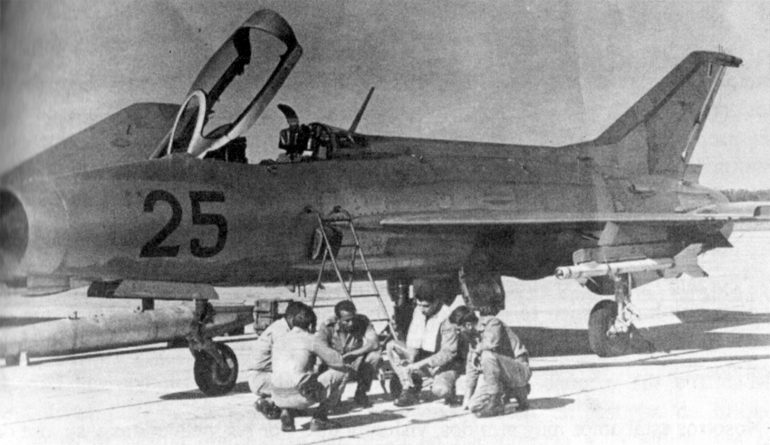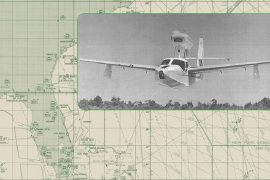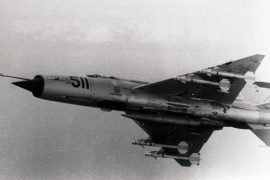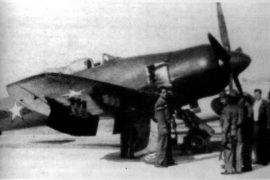This book presents the flight experiences of a Cuban pilot, Colonel Henry Pérez Martínez. It was kindly provided to me by my friend and mentor, Dr. Gary Kuhn. The book’s 133 pages are crammed full with interesting anecdotal and technical information, although a caveat is in order. There are many interesting descriptions of flight operations, but the lector must be cautious not to take them all at face value, since the chance of disinformation is always there and the information presented might have been modified in order to preserve to some extent, operational security.
For those interested in Latin American aviation, there is no subject more frustrating and more elusive than the aviation in Cuba. Whether it is due to political reasons or strategic motivations, the information regarding the island nation is less than forthcoming.
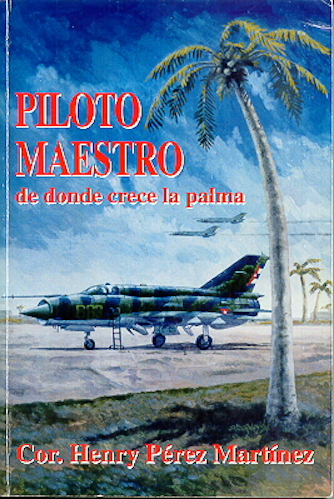
The Cuban community in Miami has managed along the years, to limit and sometimes to even outright stop any publication that they deemed to favor Castro. This, together with the embargo imposed by the U.S. Government means that there is little if any, information available for the historian on this subject.
Since the main goal of LAAHS is to document and preserve the aviation history of Latin America, without regards to the political situation of those countries in the region, this report on a book is aimed solely to inform those interested in the subject. We do not approve nor condemn the regime in the Island, and any opinions expressed here, are solely those of their author, and do not represent in any way, shape or form, the editorial opinion of LAAHS or its membership.
It has been a rule in Latin American military aviation, that any aspect related to aircraft, units, markings, operations, etc., is treated with the utmost secrecy. It is sometimes funny to witness the efforts to keep something “secret” when there is literature covering it elsewhere, and if you really think about it carefully, any potential adversary has already compiled more than enough data on its opponent through their intelligence sources, if they are at least halfway efficient.
These are some of the reasons why, the publication of this book has been a welcome input to an otherwise almost desert landscape on the subject.
Col. Pérez Martínez has written his memories covering 3,400 hours of flight in different MiG and other aircraft in Cuba and elsewhere, beginning with his arrival in San Antonio de Los Baños airbase in 1959, and culminating almost 30 years later. His beginnings were difficult, as should be expected in a country that had recently undergone a revolution.
His enthusiasm and love for airplanes and flying is clearly identifiable through his writings, however. His struggles to become a pilot, to train, to learn and to master his mounts are very well described.
For the historian, is interesting to find out that there were two main groups of prospective pilots being trained, one in China and other in Russia and Eastern Europe. The doctrine and procedures employed by Chinese and Soviets differ significantly. The author mentions several times his personal impression that the Chinese trained pilots were superior to those trained by the Soviets. His assignments to different units in Cuba, see him fly MiG-19s, MiG-23s and his favorite, the MiG-21.
His service in Cuba, is described in much detail, and for me particularly, the most interesting part was his description of the mission that took Cuban aircraft to the Dominican Republic, as a result of the Dominicans having arrested Cuban fishermen and their refusal to release them. Some operational activities are described, and we know that at the time the Dominicans only had F-51D Mustangs, that were no match for the MiG-21BIS employed by the Cubans. Although weapons were carried, they were not employed and a second trip was not necessary. The fishermen were released.
There is a brief mention of his activities in Angola, as part of the military support that Castro sent to that country between 1975 and 1991.
All in all, a very interesting book. Photos are black and white, of good quality and showing different aircraft in service with the DAAFAR. The end of the book indicates it is just the first volume. Inquiries as to the existence of a second volume have indicated that the editor, Mr. Doug McPhail, is not going to print it. His life has been threatened for publishing the first book. His finances have suffered, since the book has been boycotted and threats have been made to the few booksellers who had it available in the U.S.
If you manage to obtain a copy of this book, you will certainly enjoy it. It has many misspellings and errors because it is written in the original Spanish. The reason for these errors according to Mr. McPhail is that when he was leaving Cuba in October of 1994, Cuban authorities seized the original photo captions and other items including the only copy of the book that was ready for publication. This forced him to obtain a second copy, but editorial pressures and time lines made it almost impossible for him to correct typos and Spanish punctuation.
If you are interested in acquiring a copy, contact:
Doug McPhail
Ediciones Merced y Río
P.O. Box 8589
Dundas, Ontario, Canada
L9H 5G1
or
Ediciones Universal
P. O. Box 450353
Miami, FL
33245-0353
Phone: +1 (305) 662-9293
ediciones@kampung.net

